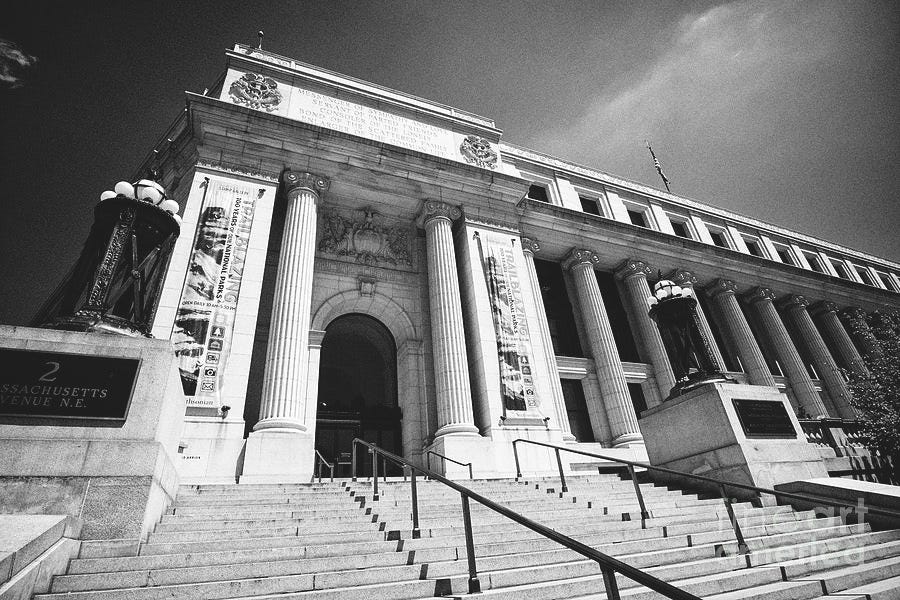Latest inflation statistics: tuition +2.0% 2022 v 2021
Tuition growth runs behind economy-wide inflation of 7.7%
Ramping inflation in the US and across the world has been among the last few years’ big ongoing economic stories. The Bureau of Labor Statistics’ (BLS) latest data on consumer inflation shows inflation for the US economy as a whole rising but, in its sectoral data, also reports college tuition inflation continuing recent trends by falling farther behind the general rate. The general inflation index through October increased at an annual rate of 7.7% compared to the component covering college tuition and fees, which increased by 2.0% (not seasonally adjusted), a difference of 5.7%. Despite soaring general inflation, college prices have been rising in the zone of ~2% since 2016, with little change since the beginning of the pandemic.
This divergence between college and general economy inflation is important and represents financial evidence of an oversupply of college seats. Regular readers are familiar with CTAS’ pessimistic take on undergrad program pricing power. The latest figures surprised us to the downside for the second year in a row.
The most recent figures from the BLS employment cost index showed income growth of 5.0% year over year. (Data through September, slightly before the consumer inflation report.) With wage income representing a significant piece of the Expected Family Contribution (EFC) calculation, one would logically have expected that 5% growth to feed into college pricing. Nope. The EFC and actual market pricing for college are diverging further.
As roughly ¾ of US undergrads attend a public institution, these results indicate market pricing - and with it discounting — is becoming more prominent among public schools. This won’t come as a surprise to many readers.
BLS figures typically are retroactively adjusted. We plan on revisiting this topic in a few months when the paint has dried and the figures have been made final. For now, observations are provisional. That said, the divergence is so large that conclusions are unlikely to change materially.
The bulk of college inflation occurs in September and October, logically. BLS calculates both unadjusted and seasonally-adjusted figures. Though the BLS seasonal adjustment is consistent with past years, we opt to focus on unadjusted figures to get closer to the real data.
The revenue impact of slow tuition rises is being compounded by enrollment losses. Both the number of units and real unit prices are decreasing.
The historic time series for tuition inflation illustrates the trend. College pricing has gone from increasing faster than general inflation (pre-Great Recession), to increasing a bit under the rate (the 2010s), to falling behind the rate by a large amount.

Subtracting general inflation from college tuition inflation illustrates the industry’s weakening pricing power:
With a 5.7% gap, colleges will experience rising non-employee costs without offsetting tuition gains. Compensation of higher ed employees will be affected negatively by these cost pressures. An American Association of University Professors report looking at 2021 data documents the impact among instructors:
Real wages for full-time faculty members decreased 5.0 percent after adjusting for inflation, the largest one-year decrease on record since the AAUP began tracking this measure in 1972.
The AAUP comment applies to 2021 salaries; note the congruence between the inflation-adjusted decline in compensation and the 2021 difference between general inflation and college tuition revenues. Administrators and professional services employees at universities fared better.
Besides higher ed compensation failing to keep up with the cost of living, the number of people employed in higher ed is declining, a reversal from a long-standing upwards trend. A report from CUPA-HR looks at employment of all types in higher ed:
Historically, the overall size of the higher education workforce has increased from year to year. However, colleges and universities are experiencing the same employee recruitment and retention challenges that most U.S. employers have struggled with in the past few years. In both 2020-21 and 2021-22, the size of full-time staff, part-time staff, and tenure-track faculty declined from the prior year.
This data jives with anecdotes of widespread unfilled job openings in higher ed administration as colleges – faced with slow tuition revenue growth - don’t have the wherewithal to compete for candidates and meet their salary demands.
All this supports a pessimistic outlook for the industry. Let’s end by adding to this gloomy environment with a broader, again gloomy, comment. The product of higher ed - learning and skills - is intangible and unmeasured (it may be unmeasurable). Today’s cost pressures will tempt college personnel across the US to skimp on educational rigor to make it through the year financially: accept underqualified students, pass enrolled undergrads who are doing poorly on to the next class and the next year, graduate as many as possible. As this occurs, the wider world notices more and more that many college graduates simply don’t have the skills and knowledge one would expect from degreeholders. Which lessens the signaling value of the degree and over time erodes higher ed’ future pricing power. It’s the “tragedy of the commons” - the prestige of a college degree is owned by no single individual or organization - combined with a negative feedback cycle stemming from industry overcapacity and a burst of general inflation.
As mentioned, we will revisit the inflation figures in coming months as the BLS adjusts prior numbers.
Find more information at the CTAS site. CTAS provides data, reports and personalized assistance with college pricing, finances and aid appeals.


